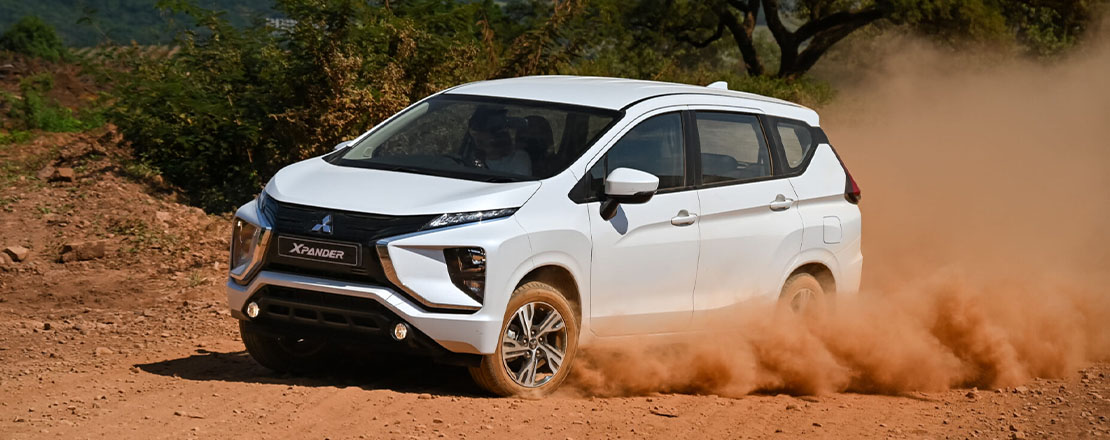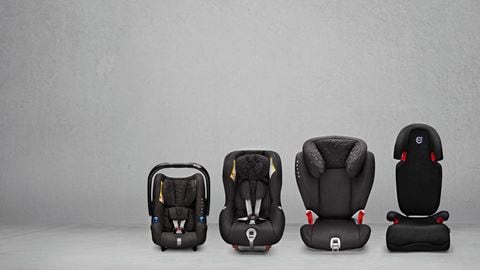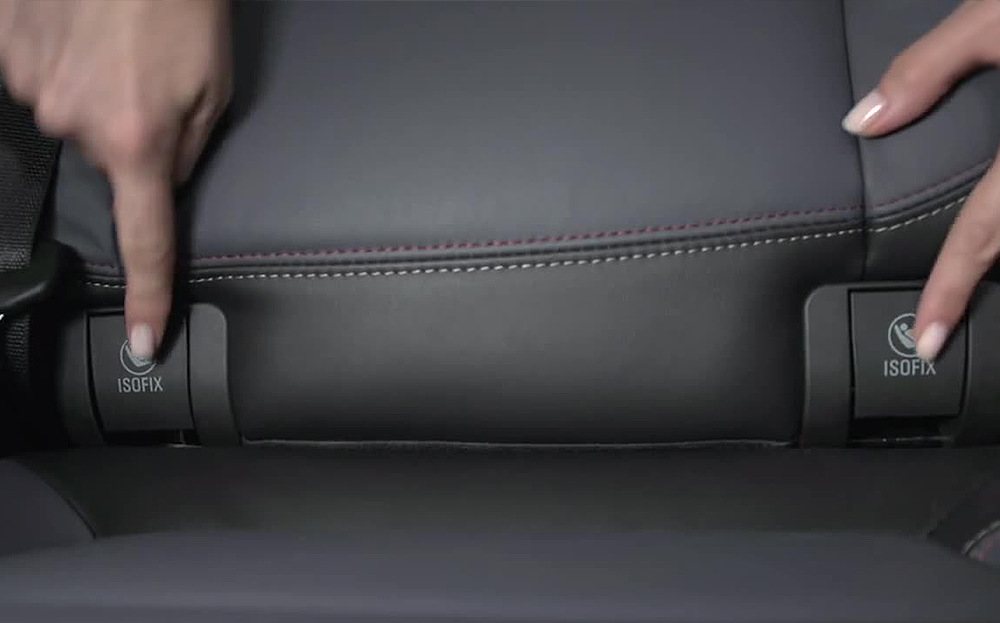NEW ON THE TARMAC: Meet the all-new Mitsubishi Xpander; a new breed of lifestyle-oriented MPV
Mitsubishi’s all-new seven-seater Xpander is set to take the highly competitive South African market by storm.
Combining the traditional versatility and practicality of a multipurpose vehicle (MPV) with the rugged and sporty looks of a sport-utility vehicle (SUV), Mitsubishi’s all-new seven-seater Xpander is set to take the highly competitive South African market by storm.
“As the name suggests, the much anticipated Xpander is all about broadening one’s horizons, whether that be in terms of lifestyle choices, or family dynamics,” explains Nic Campbell, General Manager of Mitsubishi Motors South Africa (MMSA). “With the introduction of this very exciting addition to our line-up, we hope to strengthen our positions in both the MPV and compact SUV segments of the local market.”
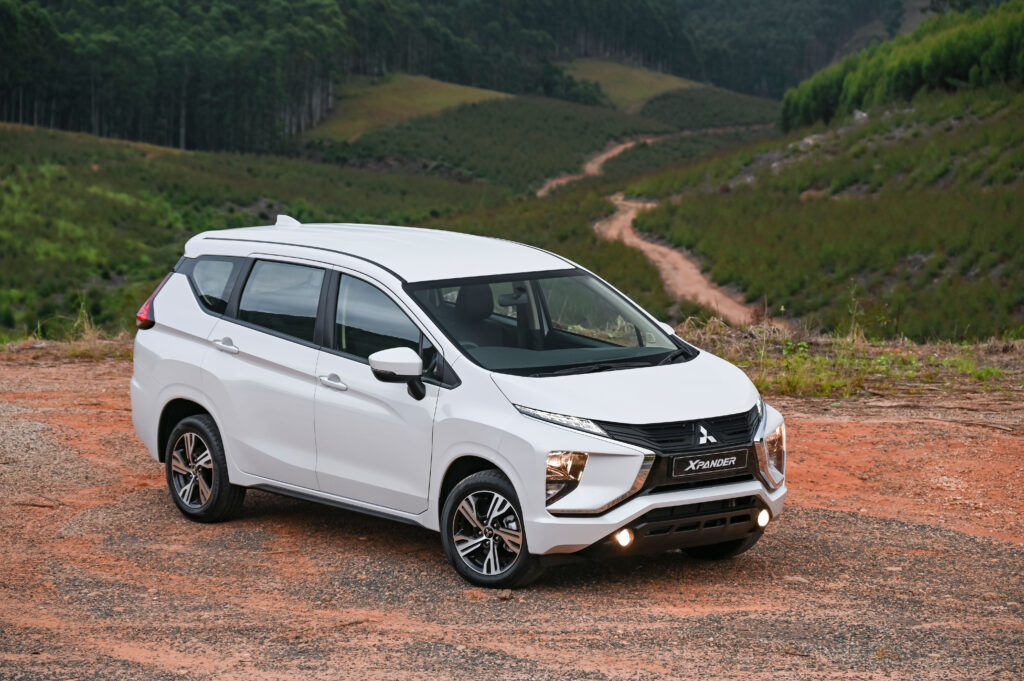
The interior of the new Xpander might be all MPV, but the exterior screams SUV, so it’s equally well suited to everyday commuting, family road trips, and leisure activities. In addition, its stylish ruggedness and practicality mean you can take on a variety of terrains in confidence, without having to compromise on comfort.
There are two models in the local line-up. Both feature a 1.5-litre engine and the main difference between the two is the use of either a five-speed manual or a four-speed automatic transmission.
Exterior – a striking first impression
With sporty alloy wheels – 15-inch on the manual model and 16-inch of the automatic derivative – and wide flared fenders, the Xpander portrays toughness and power from the first glance. Crystal clear headlights, daytime running lights, and L-illuminated LED taillights that extend onto the tailgate add to the overall look.
The Xpander’s higher ground clearance of 205 mm is another feature that is immediately noticeable and emphasizes its sporty, but practical character.

Interior – ‘Omotenashi’ in every detail
Mitsubishi strongly believes in the principle of ‘Omotenashi’ – a Japanese word that captures the way in which Japanese hosts pay attention to detail and anticipate the needs of their guests. This approach is evident in the cabin of the all-new Xpander, which provides ample space for up to seven adults to travel in comfort and style.
The flexible seating can be configured to suit a variety of needs, ranging from carrying passengers and luggage to transporting lifestyle-focused items. The second-and third-row seats have a 60/40 split, while the seats of the third row can be folded completely flat and stowed to create additional space in the cargo area. The latter also features a floor box with a lid for the safe storage of smaller items.
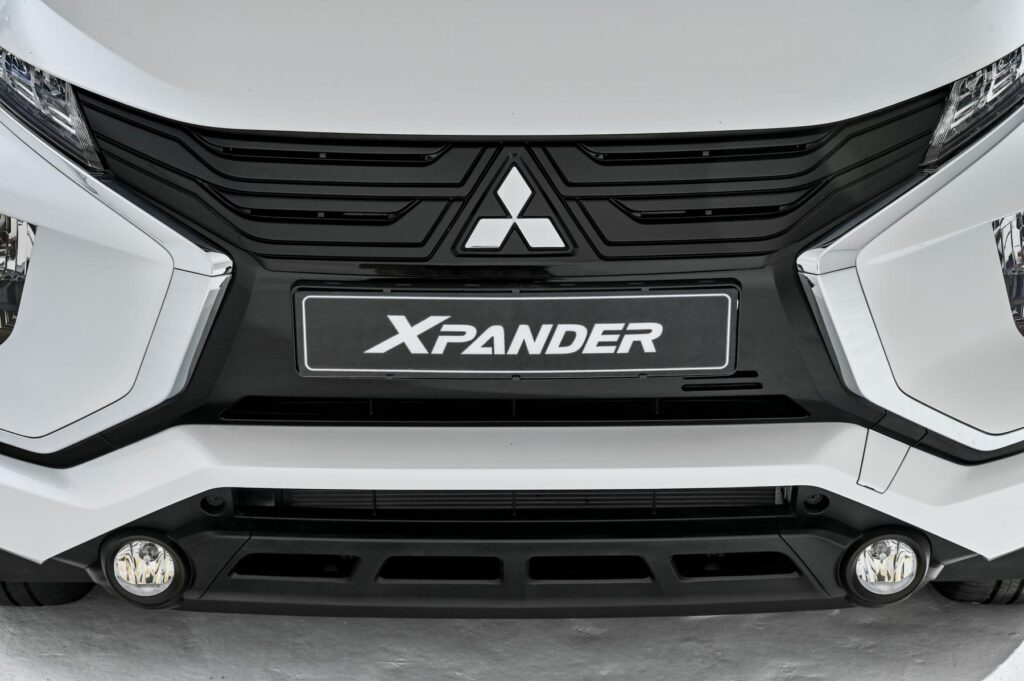
Creature comforts – features to make your passengers comfy
Occupant comfort is further enhanced through full automatic air-conditioning with a manual rear overhead cooler, electric windows all round, USB port in the front, 120 Watt power sockets to supply every row of seating, and clever storage compartments under the seats to ensure that personal items are out of the way but within easy reach.
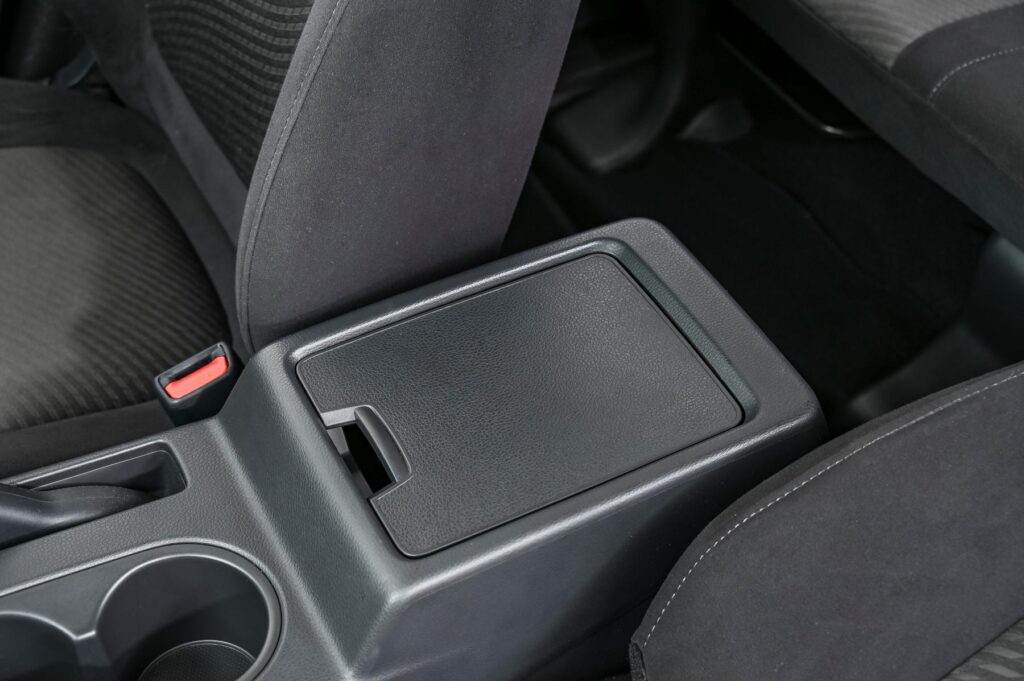
Driver comfort is ensured through a tilt and telescopic multifunction steering wheel that features Bluetooth voice control for hands-free communication and a multi-information display. The rear-view camera has a high resolution that delivers optimal visibility and a wide field of vision.
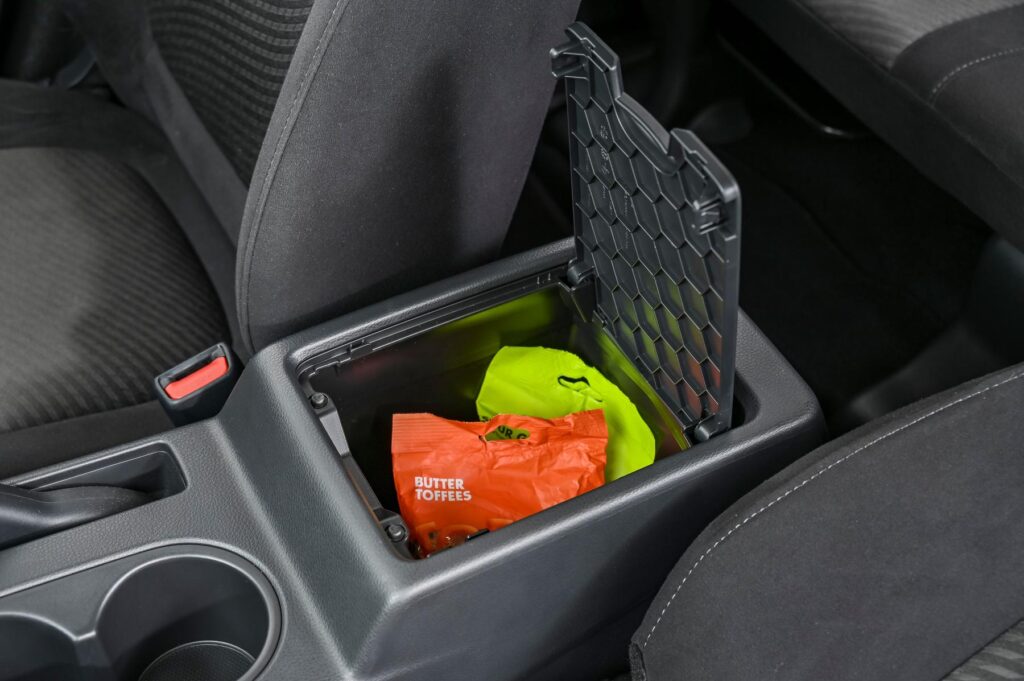
The all-new Xpander is powered by a 1.5-litre DOHC 16-valve aluminium block engine. This spirited powerplant features Mitsubishi’s Intelligent Innovative Valve Timing Lift Electronic Control (MIVEC) system and ECI multipoint fuel injection and pushes out 77 kW at 6 000 r/min, with 141 Nm of peak torque on tap at 4 000 r/min.
With a fuel tank of 45 litres, the average fuel consumption in a combined cycle is 6.9 litres/100 km for the manual model and 7.0 litres/100 km for the automatic derivative.







Safety – technology where it’s needed most
Befitting its status as a people carrier, the all-new Xpander features a range of innovative safety features as standard. Designed to protect not only the driver and passengers but other road users as well, these include airbags for the driver and front passenger, seatbelt pre-tensioners with force limiters, an anti-lock braking system (ABS) with electronic brake-force distribution (EBD), as well as an impact-absorbing structure at the front-end of the vehicle. Additional safety for young occupants is provided through ISOFIX child seat anchors.
The Xpander also benefits from coming-home and welcome lights which enhance its overall safety, security, and practicality.
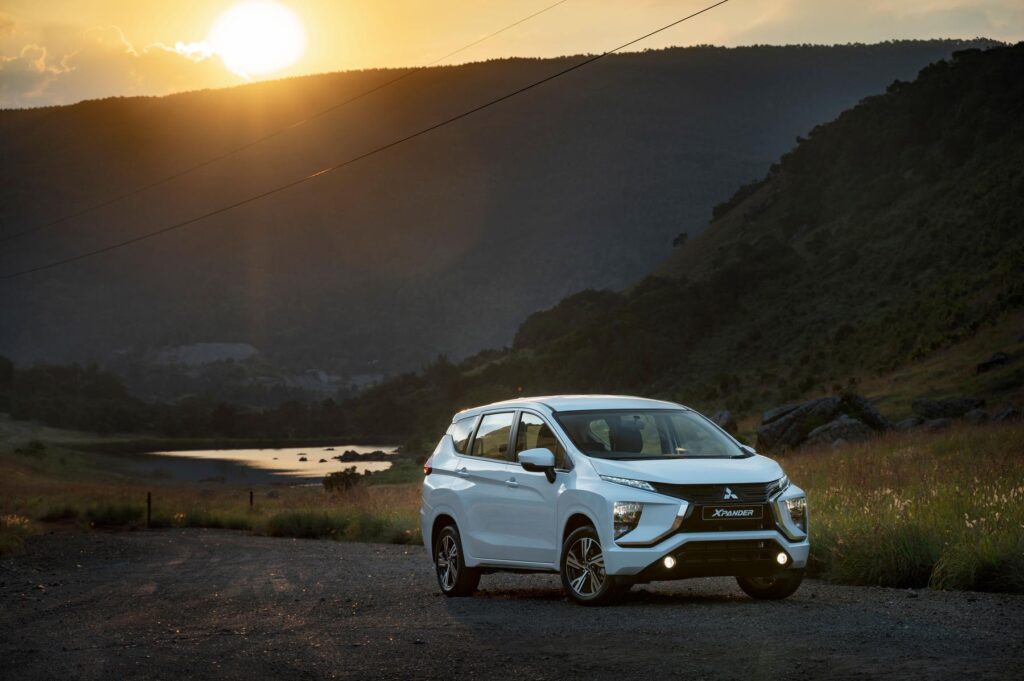
Warranty and service – added peace of mind
The new Mitsubishi Xpander is covered by a three-year/100 000 km manufacturer’s warranty and a two-year/30 000 km service plan. The price also includes five-year/unlimited mileage roadside assistance. Service intervals are set at 15 000 km/1 Year whichever comes first.
Pricing
Xpander 1.5L M/T: R299 995
Xpander 1.5L A/T: R319 995
